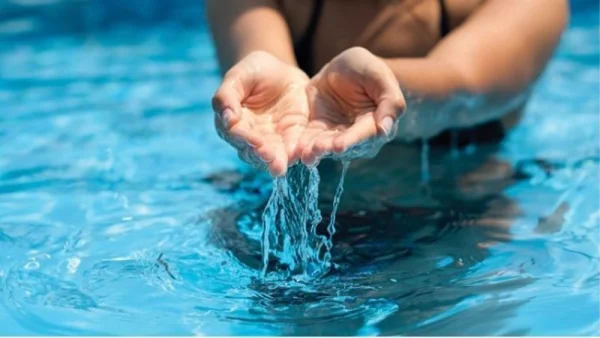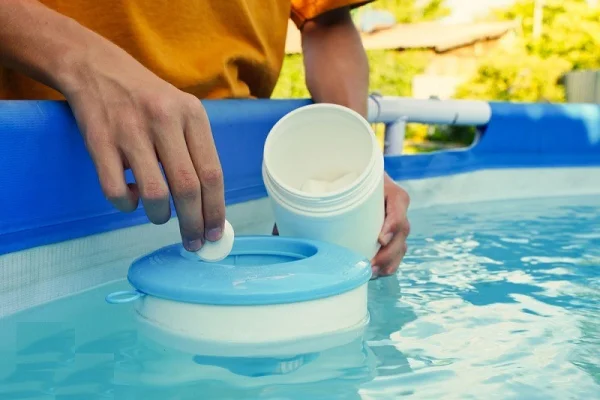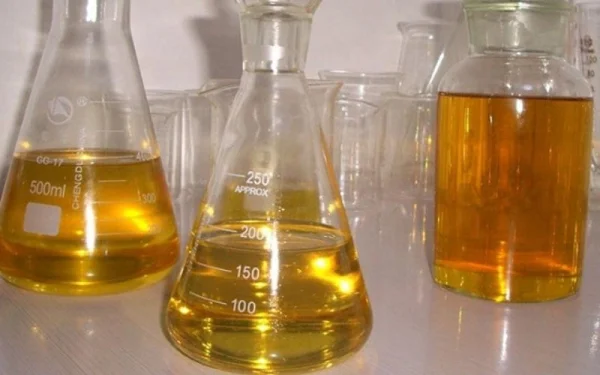
Chlorine and Bleach are powerful oxidizing agents with similar applications in disinfection, bleaching, or water treatment. This article will provide information about the basic differences between chlorine and bleach, clarifying their properties, applications, and importance in life.
1. Overview of Chlorine and Bleach
Bleach and chlorine exist in several forms. Some types of bleach are used as disinfectants, while chlorine combines with other elements to form new compounds. Both chemicals are often used for the same purposes, however, there are some significant differences between them.
1.1 Chlorine
Chlorine is a chemical commonly in the form of sodium hypochlorite solution (NaOCl) and calcium hypochlorite powder (Ca(OCl) 2 . In its pure form, chlorine is a pale yellow-green gas and a sharp odor. Chlorine is a highly reactive substance that acts as a powerful oxidizing agent.
Chlorine also contains calcium hypochlorite at around 65% strength. Chlorine in the form of calcium hypochlorite is a solid that dissolves in water. It was made for water disinfection purposes, especially in swimming pools.
1.2 Bleach
Bleach, commonly referred to as javel bleach or sodium hypochlorite solution, is a chemical compound used as a disinfectant and bleaching agent.
Bleach is a chemical mixture containing a sodium hypochlorite (NaOCl) solution of about 3-6% mixed with a small amount of sodium hydroxide (NaOH) with hydrogen peroxide (H 2 O 2 ) and calcium hypochlorite (Ca(ClO) 2 ).
Bleach is usually liquid and slightly yellow, which may be packaged as plastic bottles or a commercial product for various cleaning and disinfecting purposes. This chemical is useful in many household works such as white laundry, disinfecting hard surfaces in the kitchen and bathroom, keeping swimming pools free of infectious agents, etc.
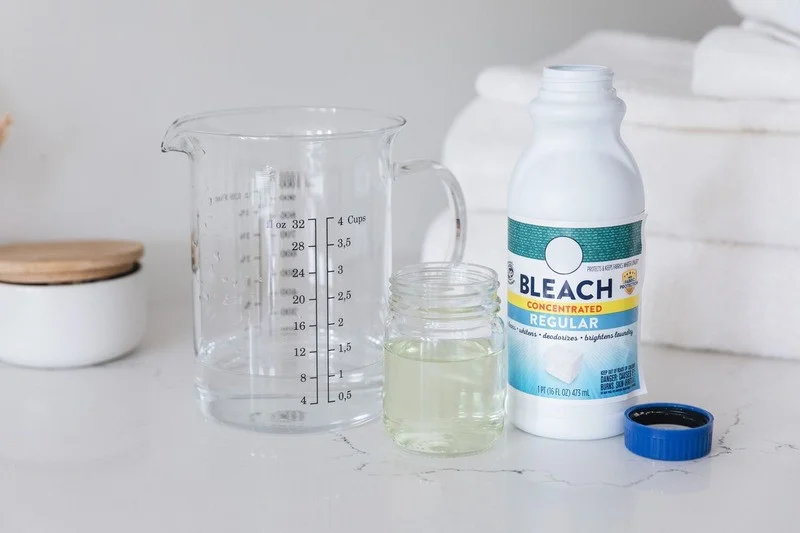
2. Properties and Characteristics
Chlorine and bleach are closely related but different in their physical states, chemical compositions, and levels of reactivity. Here are some properties and characteristics of each:
2.1 Chlorine chemical
- Chlorine is a chemical greenish-yellow in natural condition and can take shape in two states of matter: gas and liquid.
- It has a pungent, irritating odor and is highly toxic if inhaled.
- Chlorine is a strong oxidizing agent and is used as a disinfectant, bleaching agent, and in the production of various chemicals.
- It is highly reactive and corrosive, especially when combined with water, forming hypochlorous acid (HClO) and hydrochloric acid (HCl).
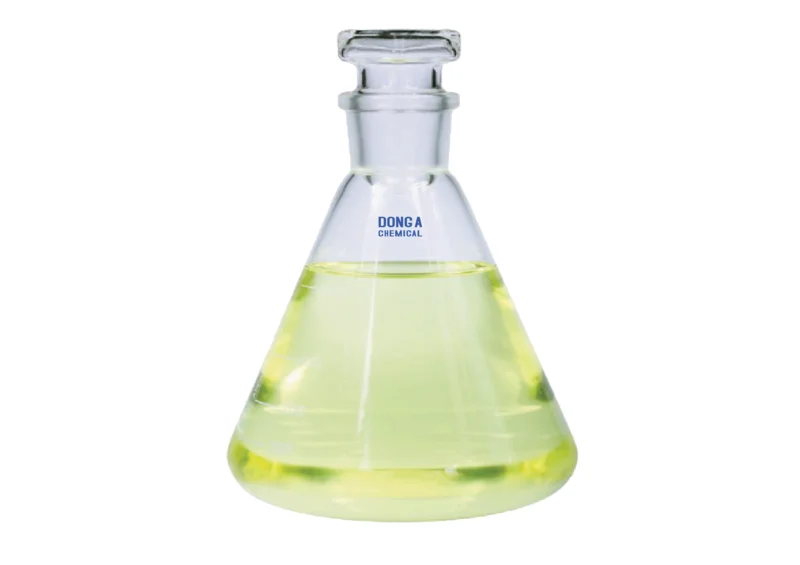
2.2 Bleach
- Bleach is a solution of sodium hypochlorite (NaClO) and water, typically containing 3-6% available chlorine.
- It is a slightly yellow or greenish-yellow liquid with a chlorine-like odor.
- Bleach is a strong oxidizing agent and is widely used as a disinfectant and bleaching agent in household and industrial settings.
- Bleach is corrosive and can cause damage to fabrics, surfaces, and skin if not used properly.
- Never mix bleach with acids or ammonia-based cleaners, as it can release toxic chloramine gases.
3. Applications of Chlorine and Bleach Chemicals
Chlorine and bleach have a wide range of applications due to their strong oxidizing and disinfecting properties. Both chlorine and bleach are used as cleaning solutions in many places such as swimming pools, houses, and many others. Here are some common applications of these substances:
3.1 Chlorine chemical
- Chlorine is widely used in urban water treatment plants to disinfect and purify drinking water by killing harmful bacteria, viruses, and algae in water.
- Chlorine is added to swimming pools to disinfect and keep the water sanitized and free from harmful microorganisms.
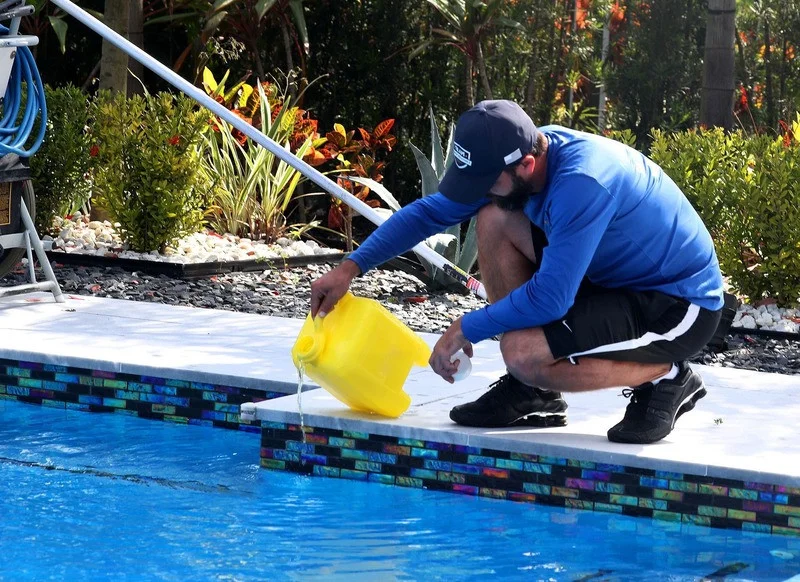
- In paper and textile manufacturing, chlorine is used as a bleaching agent to remove stains, whiten fabrics, and remove the color of paper.
- Chlorine is used in the production of various chemicals, such as polyvinyl chloride (PVC), javel water, and pharmaceuticals.
- Another use of chlorine is in aquaculture, where it is used to clean lakes and ponds, kill bacteria and algae, and clean machinery and equipment.
3.2 Bleach
- Bleach is commonly used as a disinfectant and cleaning agent in households for surface floors, toilets, and laundry. Use a type of agent with a concentration of 12-15%.
- Bleach solutions are used for disinfecting surfaces, equipment, and instruments in hospitals, clinics, and other healthcare facilities.
- Bleach can be used as an alternative to chlorine for disinfecting drinking water, or emergencies (during storms or floods).
- In swimming pool disinfection, bleach can be used as an alternative to chlorine for disinfecting swimming pool water.
- Use a concentration of 1-6% bleach solution to bleach fabrics, stains on protective clothing, bed sheets, etc.

4. What is the Difference Between Chlorine and Bleach Chemicals?
Chlorine and bleach are both powerful oxidizing agents with disinfecting properties, however, they differ in several aspects.
Characteristic | Chlorine | Bleach |
Chemical Composition | Symbol Cl, a natural element | The active ingredient in a solution is commonly sodium hypochlorite (NaClO), combined with other elements or compounds depending on the composition |
Chemical Properties | Naturally occurring element | Bleach is a manufactured substance made by mixing chlorine with other chemicals. |
Forms | Exists as a gas and liquid in its natural condition, as well as a solid for commercial purposes | Exists in liquid form, and it may contain solid components or be added to pre-made products |
Applications | As a disinfectant or cleaning agent used in a variety of industries, including medicine, agriculture, and manufacturing. | In households, it is mostly used to clean and disinfect. Another use is to whiten textiles and remove stains, as well as in cosmetic applications to whiten hair, skin, and teeth. |
In summary, while both chlorine and bleach are potent disinfectants, chlorine is a natural, highly reactive gas best suited for industrial applications, while bleach is a more diluted and relatively safer solution commonly used for household and smaller-scale disinfection and cleaning purposes.
5. Where to Buy Quality Chlorine and Bleaching at a Good Price?
One of the reliable addresses where you can choose to buy chlorine and Javel bleach is Dong A company. With many years of experience in the chemical industry, Dong A provides reliable chemical products trusted by many customers. Here:
- All products are strictly controlled, guaranteed 100% authenticity, and have clear origins.
- Competitive prices in the market, especially when buying in large quantities.
- Fast and convenient shipping and payment policies.
- Our experienced expert team is always ready to provide advice and address any questions from our customers.
The above is some information about the differences between chlorine and bleach that Dong A wants to share with readers. To purchase genuine and quality chlorine and Javen bleach products, please contact us via the hotline at (+84) 985797941 or visit the website dongachem.com for support. We are always ready to serve you as soon as possible.
Related Articles
How to Effectively Chlorinate Your Pool
Maintaining a clean and safe swimming pool is crucial for ensuring a refreshing and enjoyable ...
8 Key Uses of Chlorine Tablets
Chlorine tablets are a widely used chemical in various industries, particularly in the field of ...
Chlorine 70: The Powerful Disinfectant
Chlorine is a powerful chemical with strong oxidizing and disinfecting properties. It is widely used ...
Is Chlorine in Water Harmful?
Using chlorine in water to disinfect has helped purify the water and reduce the risk of waterborne ...
In-Depth Overview of Liquid PAC 10% - 17%
Liquid PAC 10% - 17% is currently available in many places on the market as it is a chemical with ...
Liquid Sodium Hydroxide 32% - 50%
Product Description Product name Liquid sodium hydroxide 32% - 50% Another name Liquid sodium ...

